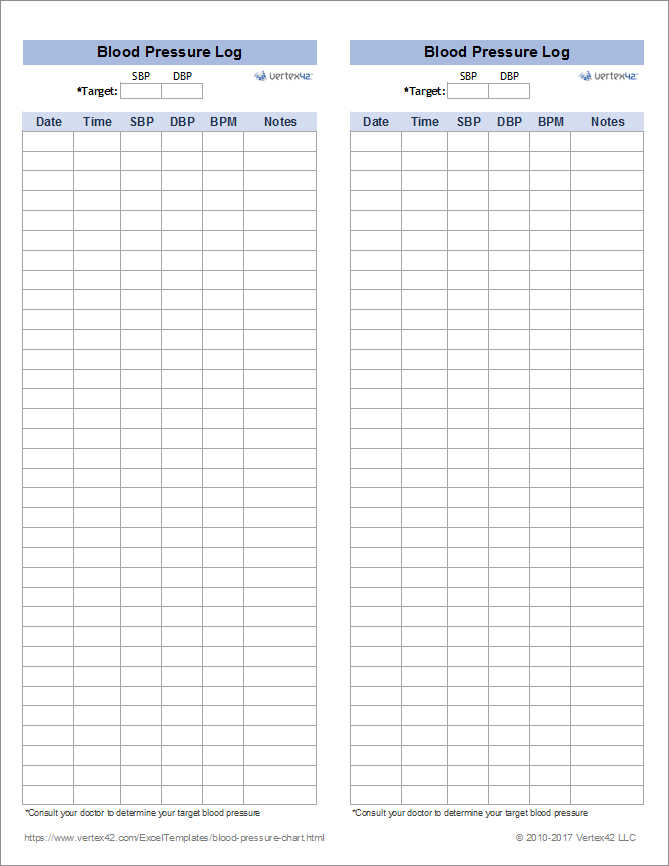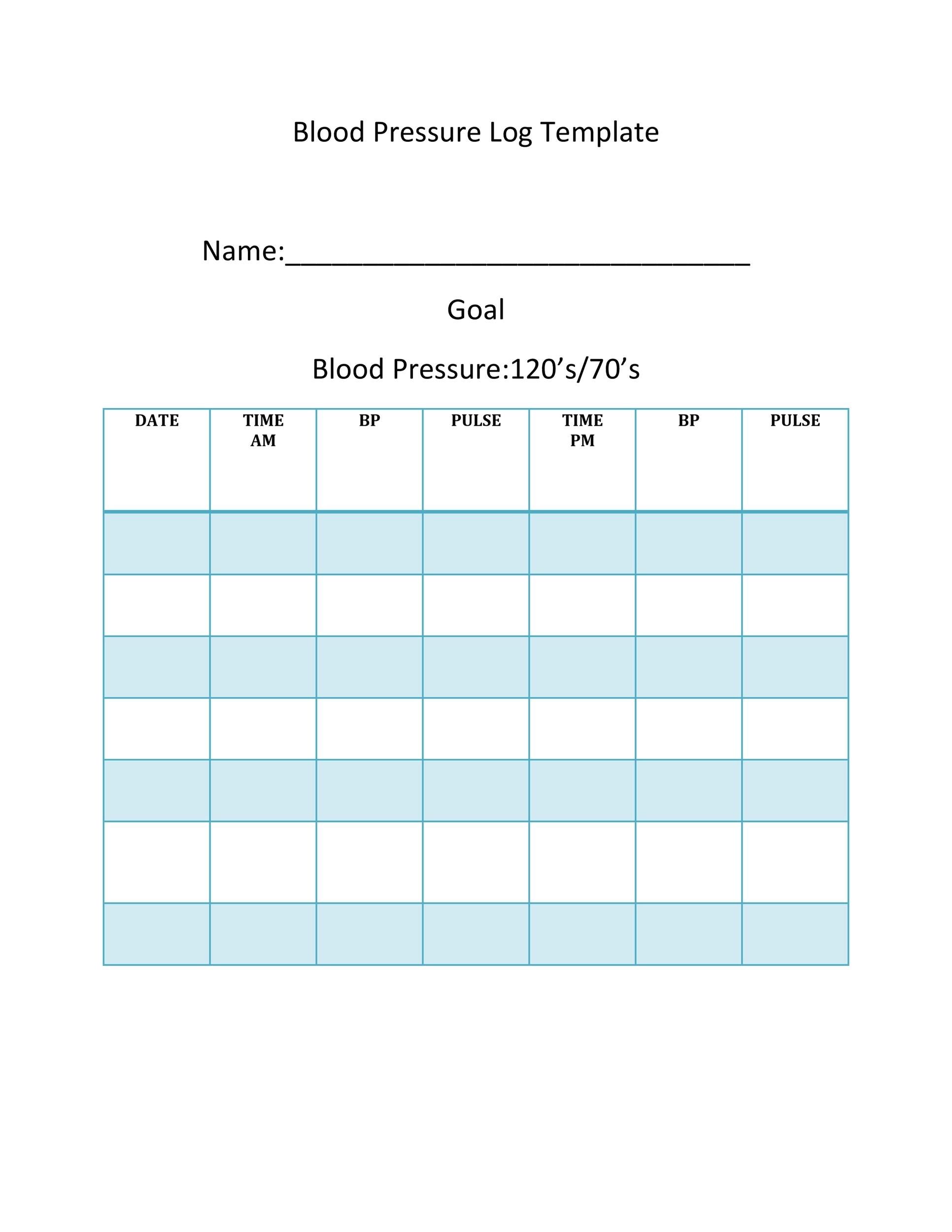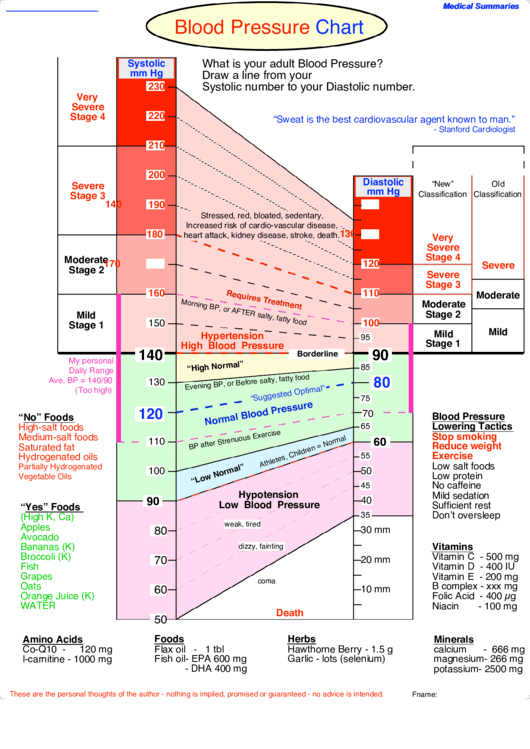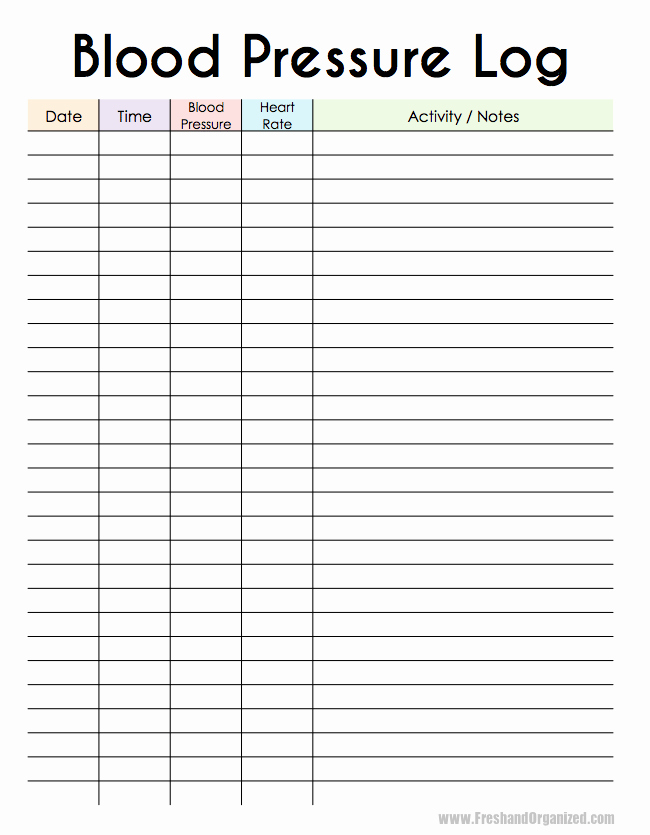

This is the least amount of pressure your heart uses when it is relaxed between beats. The second number is the diastolic pressure. This is the most amount of pressure your heart uses when beating to push the blood around your body. The first number is the systolic pressure. And you’ll hear your doctor say '130 over 80'. There are two numbers used to describe blood pressure and it’s measured in millimetres of mercury (mmHg). What is blood pressure?īlood pressure is the pressure your heart uses to push blood through your blood vessels and around your body. That’s why you should never miss a blood pressure check – it’s a free test and takes two minutes. But even if you feel healthy, high blood pressure is damaging your blood vessels and you need to get treatment. It’s really important to know that you might have high blood pressure and feel fine, because there aren’t usually any symptoms. But lots of people also need to take medication to treat high blood pressure and reduce the risk complications.

There’s lots you can do yourself to help manage your blood pressure – because your lifestyle has a direct impact. It also puts you more at risk of developing all types of diabetes complications, like serious problems with your feet, your eyes and your kidneys. And you’re more at risk of having a heart attack or stroke.

This can make it harder for blood to flow around the body and reach all the vital areas it needs to, like your heart. This is because it puts a strain on your blood vessels and can damage them. If your blood pressure is high (called hypertension), you’ll need treatment to bring it down. This check is part of your annual review.

If you have diabetes, you need your blood pressure checked by a healthcare professional at least once a year. So it's important to know how to look after your blood pressure. People with diabetes and high blood pressure are more at risk of having a heart attack or stroke.


 0 kommentar(er)
0 kommentar(er)
